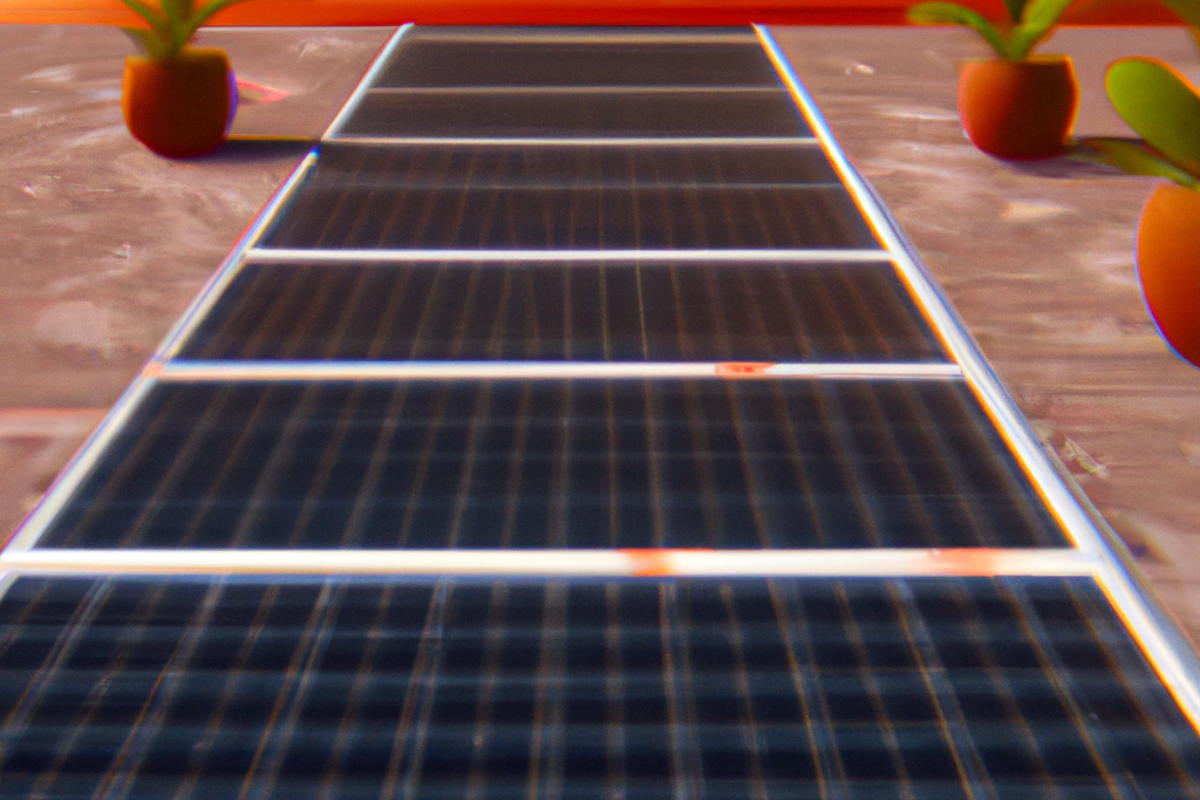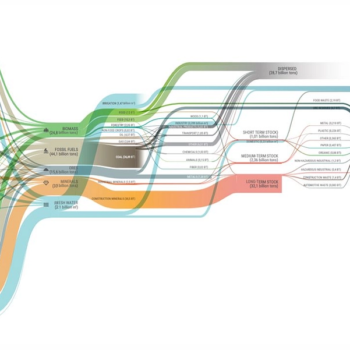|
|
Solar roadways are an innovation of the past, but that doesn’t mean the idea can’t translate into more productive and practical investments of time and money in the future. While reducing plastic waste, companies can make solar panels from trash and bring cities to life through the widespread implementation of solar-powered pavement. Let me explain.
Dig deeper → 4 min
Investing in Solar Pavement
How can you stretch your mindset about sustainability to notice the world’s hidden opportunities for creating sustainable energy and reducing pollution?
Pavement panels can power everything—from streetlights to office buildings—by combatting plastic waste and non-renewable energy pollution.
So how far along are humans in this sustainable technological development? Could it be one of the simpler solutions people crave so much in the era of the climate tech boom?
To get a broader understanding of solar-powered pavement, you’ll want to familiarize yourself with the Hungarian company PLATIO, a market leader in creating solar paver technology. They are one of the forerunners in integrated solar power generation, seeking to uncover solutions for durability for consistent foot traffic and improve against environmental stressors.
Advancements have led them to create strong frame structures that protect cable housing and glass. Each panel produces 20 W of power.
Incorporating unrecyclable plastic waste doesn’t require as many resources to manufacture. Plus, it makes for a sturdy surface that’s easy to install and monitor. Recycling plastic like this makes people wonder why some focus so much on creating recyclable plastic straws when humans could have been producing solar power beneath their feet — though every green initiative is worthy.
The most important reason for everyone — including corporations — to support the idea is to assert a more practical approach to becoming net zero. There isn’t one solution to a carbon-negative city plan — it incorporates numerous eco-friendly elements, from individual behavioral changes to company-wide renewable energy initiatives and the restoration of existing ecosystems.
Humanity cannot stop at one invention. Sustainability has to be incorporated into every potential avenue to create the results people need for the future. But the more commonplace an innovation like this can be, the more accepted it is among governing powers.
Solving Multiple Climate Problems
The greatest boon to this technology is its accessibility. Areas with greater access to other forms of renewable energy may not need to incorporate sidewalk panels. However, more remote, rural areas could take this less expensive route.
Regions with low winds could take advantage of them as a supplement to existing eco-friendly routines, like supporting the local kombucha brewer that inspires you to pursue composting.
It helps communities with inadequate roofing access the benefits of solar and makes it cheaper for towns to fund, even though everyone must do their part to pressure federal governments to increase funding for environmental progress. Solar-powered pavements create and promote energy equality worldwide.
Additionally, solar-powered pavement promotes more recycled infrastructure by informing industries that plastic previously conceived as non-recyclable is still helpful for forward-thinking, high-tech solutions. The trash isn’t destined for landfills yet.
The techniques used by these innovative companies inform other solar panel creators. Resistance against severe weather is a top priority for homeowners’ safety and panel longevity. Because these recycled-plastic solar panels can bear weight and pressure, engineers can create the next generation of higher-performing solar panels.
Promoting integrated solar panels empowers environmentalists and sheds light on how eco-friendly initiatives compound advantages in countless other facets of life. Powering cities this way will also help humans biologically because cleaner energy sources yield cleaner buildings.
Benefits of Plastic-Made, Solar-Powered Pavements
Though rooftop solar panels are the future, finding more ways to merge them with established architecture will expand service areas and benefits. Solar-powered pavements can foster continued advancement in solar-powered walls and siding into new territories like wearables.
Discovering how malleable the technology can be is crucial for continued incorporation and perpetual energy generation. The hardened glass protects the cells without sacrificing energy production — it’s even harder than concrete and more water-resistant.
Plastic-infused pavement solar can also increase the efficiency of other renewable energies. Though hydropower is renewable, many energy-producing methods rely on water power. Sidewalk solar panels reduce water scarcity by creating more energy production mediums that don’t need water.
Incorporating recycled materials is another step because it promotes environmentalist initiatives on multiple fronts. Inventions like these panels could inspire others to experiment by creating plastic materials to build their technology — whether it’s a fuel cell or gaming computer.
Every company could benefit from understanding how to manipulate recycled materials to instill faith in their durability and reliability. This includes the transportation industry.
Not only will it promote building parts out of recycled materials, but solar paver technology also eliminates wasted emissions from transporting heavy paving materials.
Therefore, the environmental benefit of clean energy generation is more valuable because it reduces emissions in other aspects of the supply chain. Less fossil fuel-reliant machinery will mine the resources, and fewer road-damaging trucks will carry it thousands of miles across a nation.
Upcycling combined with solar is a life-changing combination. But how much pollution will it eliminate if companies continue to manufacture these panels?
Each square meter of solar-powered pavement could use 400 PET bottles, equating to two kilograms. Multiplying this by how many cities worldwide could blend these with existing walkways relieves the planet of countless tons of unnecessary trash otherwise destined for landfill.
Solar Power Continues to Step in the Right Direction
Whenever you accidentally indulge in bottled water or single-use plastic disposables, hope it turns into a solar panel in your town. Solar-powered pavements are an ideal example of humanity embracing sustainability in every nook and cranny.
Expanding your mind outside of standard renewable energy to find more ways to integrate it with found objects and infrastructure will be the next step in creating an environmentally considerate future.
Solar-powered pavement promotes green energy, upcycling, rethinking architecture, and investing in methods that have longevity and cross-industrial influence. Humans will feel the impact on their health, and cars will last longer driving on roads taking less stress. But most importantly, sustainable innovation becomes even more normalized in a world desperate for its help.













No Comments